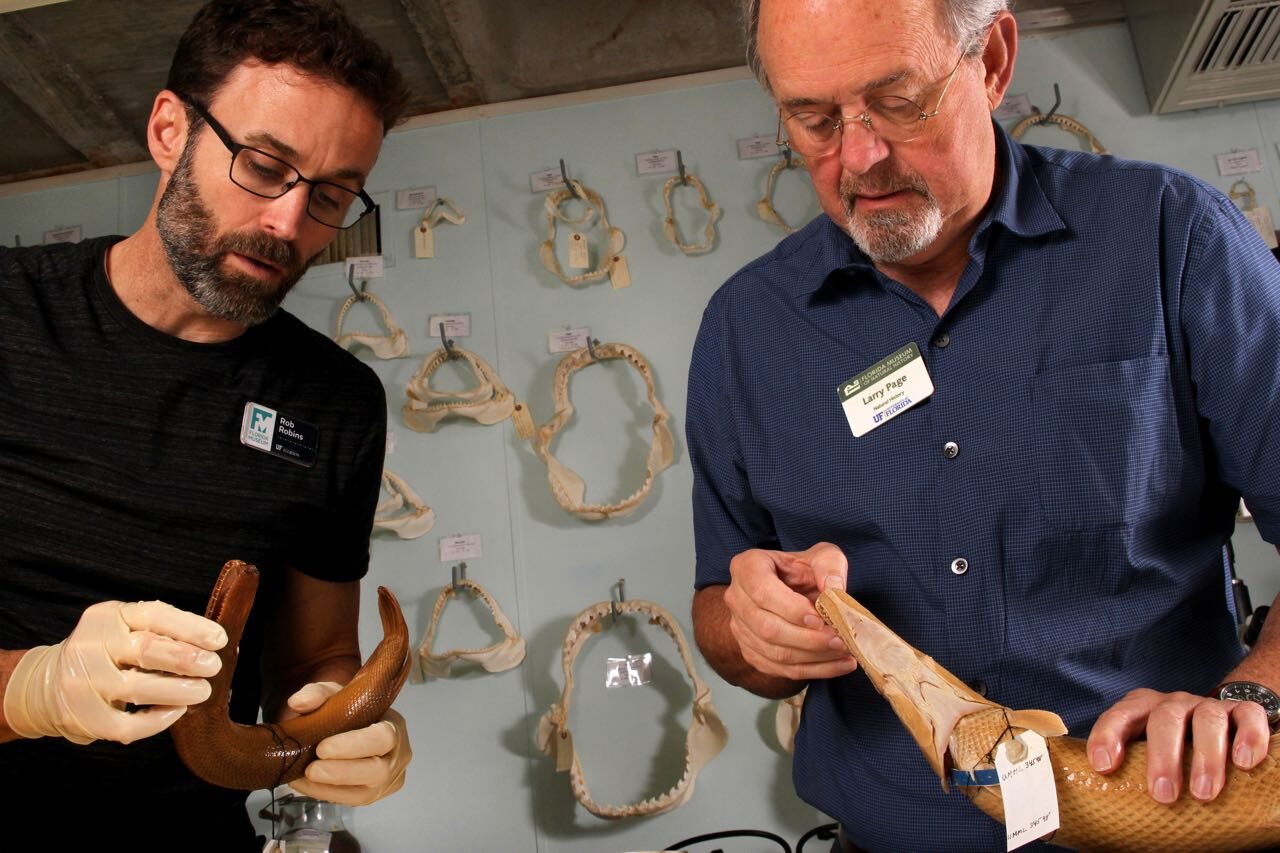On May 28, 2021, President Joe Biden released his much awaited budget request for fiscal year (FY) 2022, calling for major investments in the nation’s infrastructure and social safety net programs. The budget framework also proposes large budget increases for several federal science agencies, including the National Science Foundation (NSF), the National Institutes of Health (NIH), the U.S. Geological Survey (USGS), and the National Oceanic and Atmospheric Administration (NOAA).
The $6 trillion budget request reveals further details about the skinnyproposal released earlier in April. Biden proposes $756 billion for defense discretionary spending and $932 for nondefense discretionary spending the source for most scientific research programs. Discretionary spending would total $1.68 trillion in FY 2022. Total federal spending on research and development (R&D) would increase by 9 percent relative to FY 2021, to $171 billion. Basic research spending would increase by 10 percent to $47.4 billion, while applied research would receive a 14 percent boost to $51.1 billion.
Science highlights from the budget request include:
- NSF would receive $10.2 billion in FY 2022, a 20 percent or $1.7 billion increase compared to the FY 2021 enacted level. Research and Related Activities at NSF would be augmented by 18.3 percent to $8.1 billion. A new commercialization focused directorate at the science agency named the Technology, Innovation, and Partnerships (TIP) Directorate would receive an initial budget of $865 million, which would include $350 million transferred from existing programs.
- The budget request for the Smithsonian Institution has not yet been released. Basic research supported by the Institution would receive an 8 percent increase in funding to $310 million.
- The Institute of Museum and Library Services would receive $265 million, an increase of 3 percent over the FY 2021 enacted level.
- The Department of the Interior would receive a $17.6 billion budget, an increase of $2.5 billion or 17 percent relative to the 2021 enacted level. The Administration proposes more than doubling basic research spending at the Department of the Interior to $171 million. The National Park Service would receive $3.5 billion (+12.2 percent); the Bureau of Land Management would be funded at $1.6 billion (+23.5 percent), and the U.S. Fish and Wildlife Service would get $1.9 billion (+21 percent).
- USGS, the Interior Department’s science agency, would see its budget grow by 25 percent to $1.64 billion. The Ecosystems Mission Area within USGS would receive $358 million a more than 38 percent increase compared to FY 2021. Funding for Climate Adaptation Science Centers would more than double to $84 million.
- NIH would receive a 21 percent boost to $52 billion, of which $6.5 billion would go towards the new Advanced Research Projects Agency for Health (ARPA-H) to fund transformational health research innovation and speed medical breakthroughs by tackling ambitious challenges requiring large-scale, sustained, and cross-sector coordination.
- NOAA’s budget would grow by 28 percent to $7 billion in FY 2022. Climate research at the agency would get an increase of $149 million.
- The National Institute of Standards and Technology (NIST) would see its budget augmented by 45 percent to $1.5 billion in FY 2022. The budget for its Scientific and Technical Research and Services account would expand by 16 percent to $916 million. Funding for NIST’s manufacturing programs would grow by 165 percent to $442 million.
- After years of being targeted for budget cuts, EPA is slated for a 22 percent funding increase in FY 2022. Overall, the agency would receive $11.2 billion, with $830 million (+14 percent) targeted to science and technology.
The President’s Budget Request serves as a starting point for congressional debate on FY 2022 appropriations, with the final decisions about spending levels resting with lawmakers. During the Trump Administration, Congress consistently ignored proposals from the White House to slash research spending and ultimately provided small increases to most science agencies.

